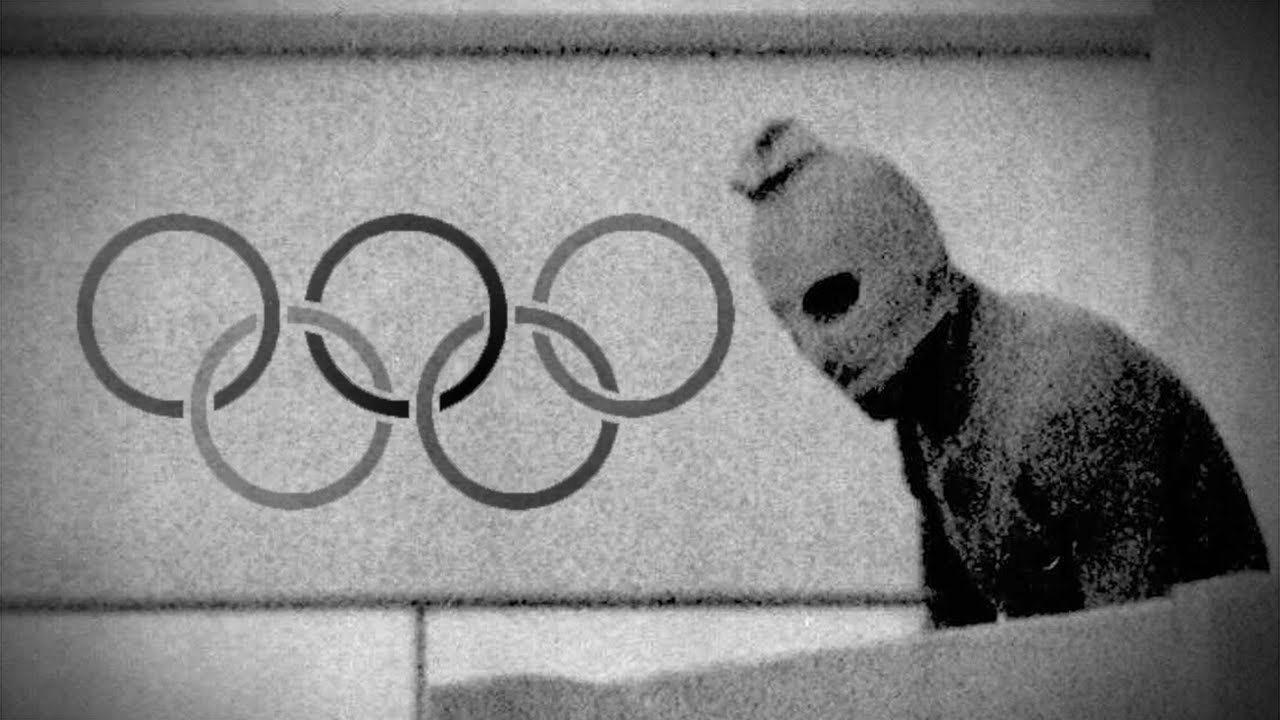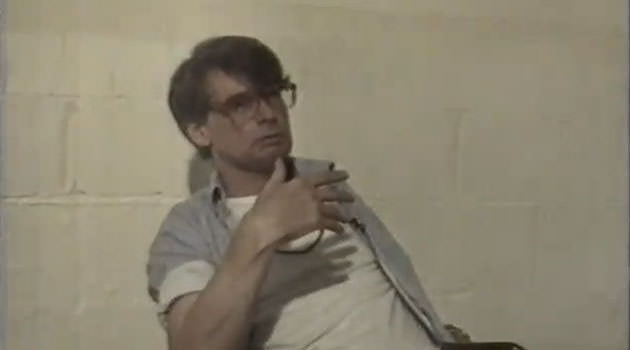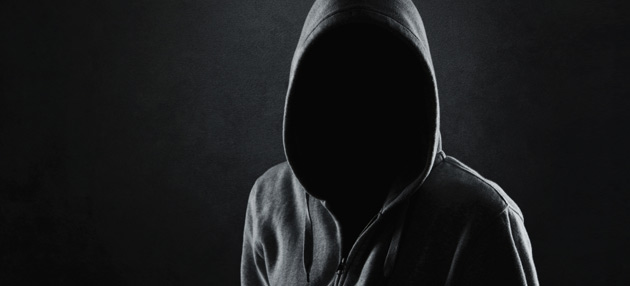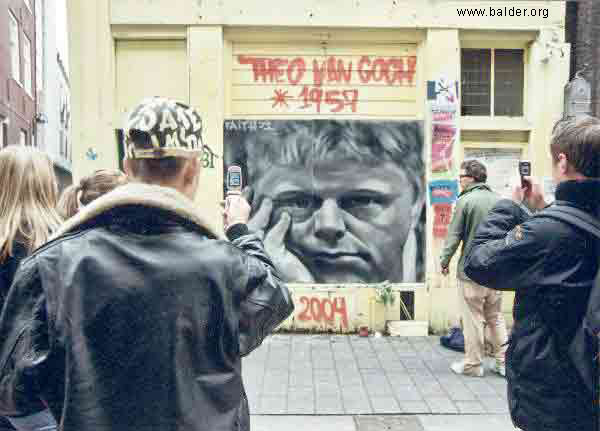After the helicopter landed at around 10:30 p.m., four of the attackers kept the German pilots at gunpoint while Issa and Tony went to the airplane to check if everything was fine. A look inside the airplane confirmed their worst fears. They had been tricked. They started running back to their team. Right at this point one of the snipers decided to take a shot at Issa, but due to dim light he could not see his target properly and missed. Instead, the bullet hit Tony in the thigh. Almost simultaneously the other snipers were ordered to open fire. Two of the attackers who held the pilots at gunpoint were killed right away, but the rest of them took shelter behind and under the helicopter, and started returning fire. The return fire shot most of the lights out, which made it harder for the snipers to shoot accurately. In the melee, the helicopter pilots could flee, but the hostages tied up inside the helicopter could do nothing more than trying to loosen the knots in the ropes that bound them.
Armoured personnel carriers should have been arranged for in advance, but they weren’t, and when they were summoned at the eleventh hour, they got stuck in the traffic, and could only arrive around midnight. Spotting the carriers, the attackers got nervous seeing the odds stack up against them. Their mission was heading towards being a complete failure. So, around four minutes past midnight on September 6, one of the terrorists – believed to be Issa – turned his assault rifle on the hostages and shot point-blank. Thereafter, he lobbed a grenade into the cockpit. The explosion blew the helicopter and roasted the hostages beyond recognition.
 Then, Issa went forward and started firing at the police, who returned fire, killing the leader of the pack instantly. Another of the attackers, who was trying to run away was shot down by one of the snipers. Around the same time, one of the attackers stood at the door of the other helicopter carrying the hostages and turned his machine gun on them killing all of the remaining five. Therefore, out of the 11 hostages, 2 were killed a day before and the remaining 9 were killed there at the airbase. Three of the attackers could be arrested alive. Following the massacre and taking their lessons from it, most of the European nations established permanent and professionally trained counter-terrorism forces to deal with such situations. Munich hostage rescue operation was as disastrous as it could be.
Then, Issa went forward and started firing at the police, who returned fire, killing the leader of the pack instantly. Another of the attackers, who was trying to run away was shot down by one of the snipers. Around the same time, one of the attackers stood at the door of the other helicopter carrying the hostages and turned his machine gun on them killing all of the remaining five. Therefore, out of the 11 hostages, 2 were killed a day before and the remaining 9 were killed there at the airbase. Three of the attackers could be arrested alive. Following the massacre and taking their lessons from it, most of the European nations established permanent and professionally trained counter-terrorism forces to deal with such situations. Munich hostage rescue operation was as disastrous as it could be.
Golda Meir, the then-Prime Minister of Israel, condemned the act. The only Arab leader to condemn the Munich Massacre was King Hussein of Jordan. The bodies of the five Palestinian attackers who were killed were handed over to Libya, wherein they were buried as heroes with full military honours. But the story was not to end there. Nobody thought it would.
On September 8, 1972, in retaliation to Munich Massacre, Israeli fighter aircrafts bombed ten PLO holds in Syria and Lebanon killing over 200 fighters. And then on October 29, 1972, West German Lufthansa passenger airplane was hijacked and the hijackers demanded the release of the three surviving attackers who were about to face trial in the German courts for Munich Massacre. Two of them were released immediately and were flown to Libya, where they received heroes’ welcome and related their own version of the massacre at a press conference broadcast worldwide.
Things had now gone too far for Israel, and the dreaded Israeli secret service – Mossad – was secretly instructed by Golda Meir and the Israeli Defense Committee to find and annihilate the perpetrators of the Munich Massacre. The mission was called ‘Operation Wrath of God’ (Mivtza Za’am Ha’El ). The list was prepared and the ball was set rolling.
The Operation began with the assassination of the then PLO representative in Italy, Wael Zwaiter on October 16, 1972, in Rome. He had returned from dinner and found the Mossad agents waiting for him. They shot him 11 times, one time for each Israeli athlete killed in Munich Massacre. Israeli officials privately affirmed Zwaiter’s being a member of Black September, but the claim was denied by the Palestinians, who said that he was not connected to the Massacre in any way.
After Zwaiter, Mossad turned to the PLO representative in France – Dr. Mahmoud Hamshari – who Israel saw as the head of Black September in France. A Mossad agent posing as a journalist contacted Dr. Hamshari and on some pretext lured him away from his apartment, which gave the Mossad team time to enter his apartment and install a bomb underneath the telephone instrument on his desk. On December 8, 1972, Dr. Hamshari received a call on the phone and the Mossad agent on the other side gave a go-ahead signal to the assassination team after confirming that it was Dr. Hamshari answering the phone. The bomb installed under the telephone instrument was remote-detonated leaving Dr. Hamshari critically injured but alive. He could manage to relate the incident to the French detectives investigating the case, and died several weeks later in a hospital.
Hussein Al Bashir, a Jordanian and the Fatah representative in Cyprus, was believed to be the Black September chief in Cyprus, and was killed on January 24, 1973, when a bomb placed under his bed was remote-detonated.
Dr. Basil al-Kubaissi was a law professor at the American University of Beirut and was suspected by Israel of being involved in procuring arms and ammunition for Black September. On April 6, 1973, he returned home after dinner and was shot around 12 times by two Mossad agents much like Zwaiter was.
 However, some of the targets on the assassination list of Mossad were hard to hit because they were placed high in the PLO hierarchy and were heavily guarded for that reason. To take them out, a subsidiary operation called Operation Spring of Youth was launched as part of Operation Wrath of God. Operation Spring of Youth involved strikes by the special forces unit of the Israeli Defense Forces on targets in Beirut and Sidon in Lebanon on the night of April 9, 1973 and in the early hours of April 10, 1973.
However, some of the targets on the assassination list of Mossad were hard to hit because they were placed high in the PLO hierarchy and were heavily guarded for that reason. To take them out, a subsidiary operation called Operation Spring of Youth was launched as part of Operation Wrath of God. Operation Spring of Youth involved strikes by the special forces unit of the Israeli Defense Forces on targets in Beirut and Sidon in Lebanon on the night of April 9, 1973 and in the early hours of April 10, 1973.
The primary targets of the attack were Muhammad Youssef al-Najjar (Abu Youssef), an operations leader of Black September, a PLO veteran, and one of the deputies of Yasser Arafat; Kamal Adwan, another operations chief of the PLO responsible for terrorist strikes against Israel in the West Bank and the Gaza strip; and Kamal Nasser, who was a PLO spokesman, a poet and a prominent member of the PLO Executive Committee.
The quick Operation was set in motion on the night of April 9, 1973, when the Sayeret Matkal, Shayetet 13, and Sayeret Tzanhanim commandos hit the Lebanese coast in the speedboats shot off from the Israeli Navy boats, and were received by the Mossad agents, who took them in rented cars to the targets in Beirut. The commandos, disguised as civilians, stormed the tall apartment buildings killing all three targets – Muhammad Youssef al-Najjar and his wife in their bedroom, Kamal Adwan, and Kamal Nasser. Two Lebanese police officers were also killed and an Israeli commando was injured. In addition to the targets, overcoming stiff resistance, the Sayeret Tzanhanim paratroopers also destroyed a six-storey building, wherein the Popular Front for the Liberation of Palestine was headquartered while the commandos of Shayetet 13 attacked PLO arms-manufacturing facilities and fuel dumps. The Operation resulted in the death of a number of PLO and PFLP operatives with the casualties estimated anywhere between 12 and 100. Operation Spring of Youth is considered one of the finest assassination missions undertaken by the Israel Defense Forces elite units.
 Immediately after Operation Spring of Youth , the Israelis struck again on April 11, 1973 killing Zaiad Muchasi, Hussein Al Bashir replacement in Cyprus. The next to go was Mohammad Boudia, the Algerian-born director of operations for Black September in France. He was killed on June 28, 1973, by a pressure-activated bomb placed under his car seat. Two more Palestinians, Ali Salem Ahmed and Ibrahim Abdul Aziz, were shot dead in Cyprus on December 15, 1979. Many more PLO operatives were similarly killed in covert assassination operations in Europe. However, Ali Hassan Salameh, the head of Force 17 and believed to be the chief architect of the Munich Massacre, remained beyond Mossad’s reach.
Immediately after Operation Spring of Youth , the Israelis struck again on April 11, 1973 killing Zaiad Muchasi, Hussein Al Bashir replacement in Cyprus. The next to go was Mohammad Boudia, the Algerian-born director of operations for Black September in France. He was killed on June 28, 1973, by a pressure-activated bomb placed under his car seat. Two more Palestinians, Ali Salem Ahmed and Ibrahim Abdul Aziz, were shot dead in Cyprus on December 15, 1979. Many more PLO operatives were similarly killed in covert assassination operations in Europe. However, Ali Hassan Salameh, the head of Force 17 and believed to be the chief architect of the Munich Massacre, remained beyond Mossad’s reach.
The first failed attempt and the most infamous one came to be known as the Lillehammer Affair , in which the Mossad agents mistook a Moroccan waiter (Ahmed Bouchiki) for Salameh in the Norwegian town of Lillehammer and shot him dead. There were four more such operations in quick succession that failed to kill Salameh. But in face of mounting international pressure in the wake of Lillehammer Affair, Golda Meir was forced to order the suspension of Wrath of God . However, five years later, under Prime Minister Menachem Begin, the operation was resuscitated. And the hunt for Salameh resumed.
And, finally, Salameh was found in Lebanon and met his end when, on January 22, 1979, after five failed attempts, Mossad managed to eliminate Salameh by remote detonating a bomb placed in Salameh’s Chevrolet station wagon in Beirut, Lebanon.
Originally written for and published in LAWYERS UPDATE as a two-part ‘Crime File’ in April 2012.






